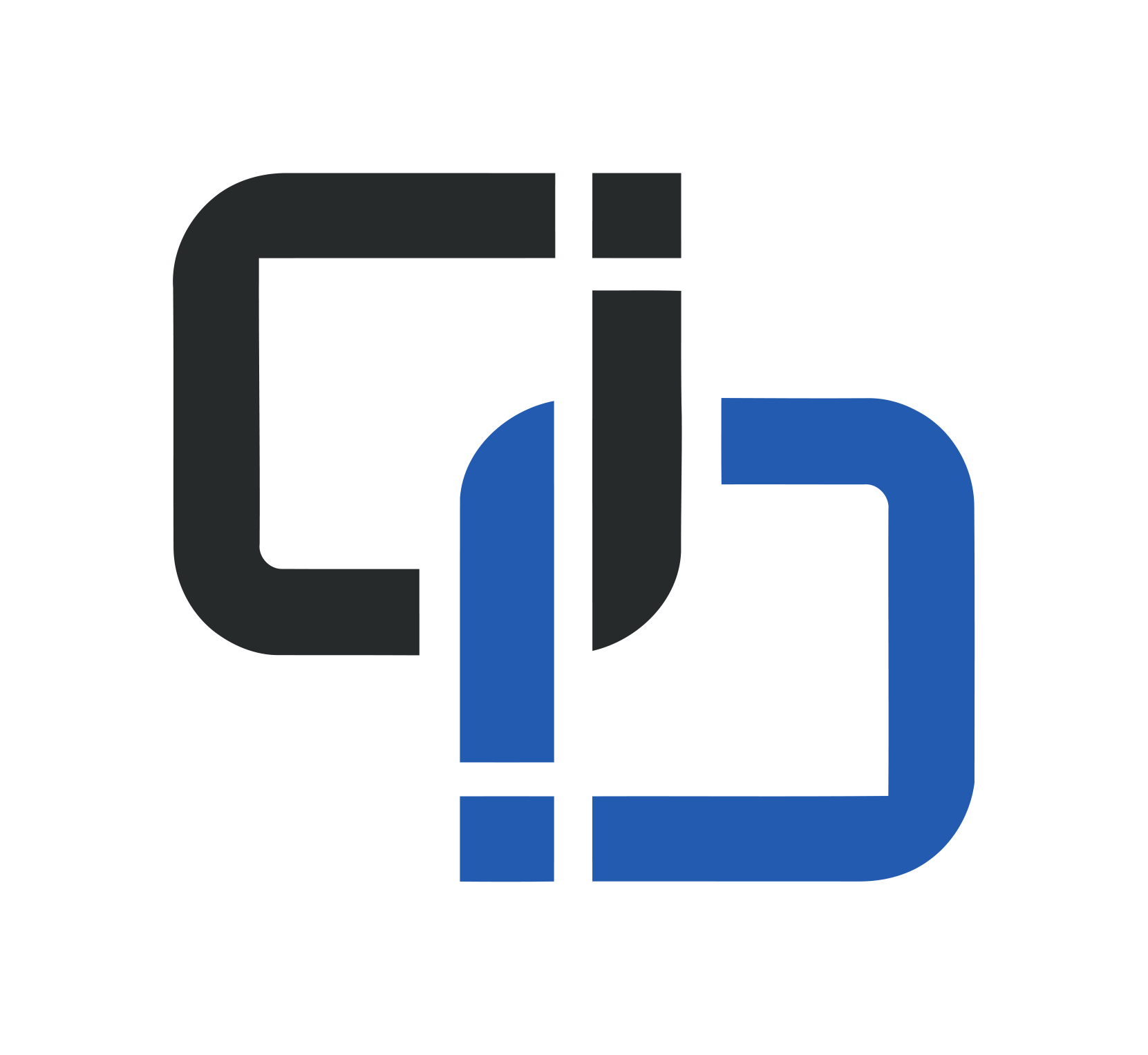Changes for page DIN-CENCN-2 Setup
Last modified by Alexander Mott on 2024/02/09 01:01
From version 5.3
edited by Alexander Mott
on 2022/06/17 19:42
on 2022/06/17 19:42
Change comment:
Update document after refactoring.
To version 14.1
edited by Alexander Mott
on 2023/07/10 14:54
on 2023/07/10 14:54
Change comment:
There is no comment for this version
Summary
-
Page properties (2 modified, 0 added, 0 removed)
Details
- Page properties
-
- Parent
-
... ... @@ -1,1 +1,1 @@ 1 -SHOWRUNNER™ Setup Guide.SHOWRUNNER™ Installation Guide.WebHome 1 +SHOWRUNNER™ Setup Guide.SHOWRUNNER™ Installation Guide.SHOWRUNNER™ Installation and Network Setup.WebHome - Content
-
... ... @@ -1,12 +1,14 @@ 1 -=== DIN-CENCN-2s in SHOWRUNNER™ === 1 +{{box cssClass="floatinginfobox" title="**CONTENTS**"}} 2 +{{toc/}} 3 +{{/box}} 2 2 3 3 DIN-CENCN-2s are Cresnet-to-Ethernet bridges which convert data over the Cresnet bus into high-speed Ethernet traffic. This helps avoid issues with bandwidth over the Cresnet bus for jobs which have a large number of Cresnet devices, as well as allowing for additional power supplies to provide power Cresnet devices. 4 4 5 5 For SHOWRUNNER™ installations, the IP address of the DIN-CENCN-2 does not matter as long as it is in the same range as the processor and does not conflict with any other devices on the network. Instead, DIN-CENCN-2s are identified to the processor via their IP-ID. Note that which Cresnet devices are landed at each Net of each DIN-CENCN-2 matters, and if devices are moved between Nets or between DIN-CENCN-2s then the configuration will need to be updated (see below). Chief Integrations typically provides an SRTakeoff.xlsx spreadsheet with an IP Table tab that lists all the DIN-CENCN-2 IP-IDs in the program. If no takeoff is provided, then the processor's IP table can be checked by running the ##ipt -t ##command from the processor after the configuration is loaded. DIN-CENCN-2's will typically have IP-IDs in the "##Dx##" range. 6 6 7 -= ==IP Configuration ===9 += IP Configuration = 8 8 9 -Typically, each DIN-CENCN-2 will need to be initially configured via USB, unless their MAC addresses are already known and the lighting network has a DHCP server (either by running DHCP server software on your computer, or if the processor has a control subnet or is running the [[S HOWRUNNER™ DHCP Server>>doc:SHOWRUNNER™UserGuide& Wiki.Troubleshooting.DHCP Server.WebHome]]).11 +Typically, each DIN-CENCN-2 will need to be initially configured via USB, unless their MAC addresses are already known and the lighting network has a DHCP server (either by running DHCP server software on your computer, or if the processor has a control subnet or is running the [[ShowRunner™ DHCP Server>>doc:SHOWRUNNER™ Setup Guide.Troubleshooting Guide.Advanced Tools.DHCP Server.WebHome]]). 10 10 11 11 Whether connected to the DIN-CENCN-2 via USB or Ethernet, the process to configure the static IP addresses is the same: 12 12 ... ... @@ -21,8 +21,16 @@ 21 21 ** Reboot the DIN-CENCN-2: ##reboot## 22 22 * Repeat for all DIN-CENCN-2s on the job 23 23 24 -=== Moving Cresnet Devices === 26 +(% class="wikigeneratedid" %) 27 += Useful Commands = 25 25 29 +Below is a list of useful commands that can be used with DIN-CENCN-2 to help with troubleshooting Cresnet issues. 30 + 31 +* ##ppndiscover## - this command scans each of the DIN-CENCN-2's Nets and prints out a list of connected Cresnet devices identified by their connection ID and their TSID 32 +* ##cnettest## - this command scans each Net and prints a summary of the number of devices on each net as well as any Cresnet issues found (e.g., "Y short to Z" or "Power Fault") 33 + 34 += Moving Cresnet Devices = 35 + 26 26 In SHOWRUNNER™, which Net each Cresnet cable is landed on is important. Each DIN-CENCN-2 is firmware limited to a maximum of 25 Cresnet devices per Net, and which CENCN-2/Net each device is on is tracked in the configuration file. If devices are moved between DIN-CENCN-2s or moved between Nets on the same DIN-CENCN-2, then the configuration file must be updated. Every device in the configuration has a ##"DeviceHostId"## (the host DIN-CENCN-2's IP-ID) and a ##"DeviceHostBranch"## (the Net of the DIN-CENCN-2) associated with it. 27 27 28 28 When moving devices between Nets or between DIN-CENCN-2's it is important to keep in mind several things:
